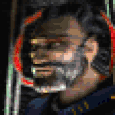Sign in to follow this
Followers
0

Has anyone tried outputting the Doom automap to the oscilloscope?
By
printz, in Doom General

By
printz, in Doom General